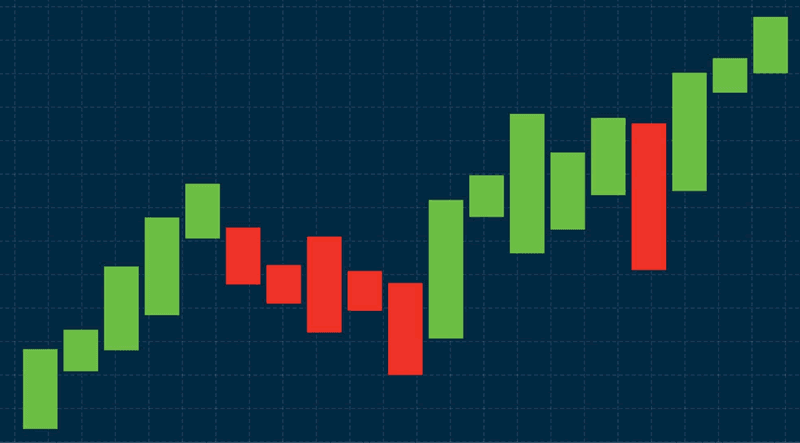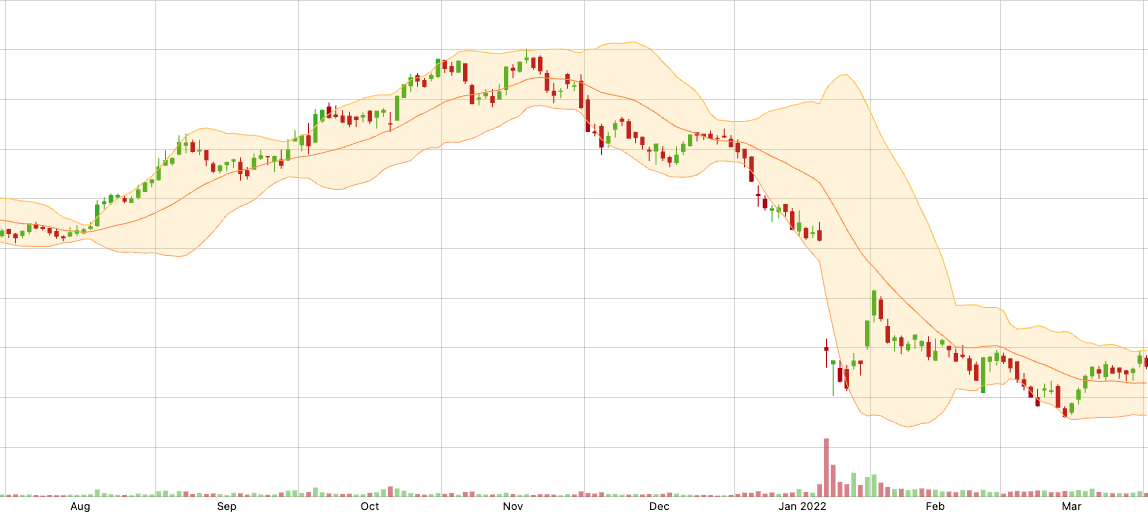MarketLens
Mastering the 52-Week High Momentum Strategy: A Practical Guide for Investors

Momentum investing remains one of the most effective ways investors can capitalize on market psychology and trends. A particularly popular momentum strategy leverages the 52-week high—stocks trading near their highest price point over the past year. At Kavout, we simplify this strategy by providing built-in support to quickly identify stocks trading close to their 52-week highs, streamlining your investment decision-making process.
This guide provides investors with a clear, actionable understanding of this strategy, backed by academic research and practical insights.
What Is the 52-Week High Momentum Strategy?
The 52-week high momentum strategy involves selecting stocks whose current prices are near or have recently surpassed their highest price in the past year. This price point, known as the 52-week high, acts as a powerful indicator signaling strong positive investor sentiment and continued upward momentum.
How It Works
-
Identify Stocks Near Their 52-Week High:
- Use stock screeners to filter stocks within a specific percentage (usually within 5–10%) of their 52-week high.
-
Confirm With Volume:
- Look for increased trading volume as the stock approaches or surpasses the 52-week high to validate strength.
-
Enter Trades Strategically:
- Breakout Trading: Buy as the stock price decisively crosses the 52-week high.
- Trend-Following: Wait for pullbacks to confirm sustained momentum.
| Strategy Type | Entry Point | Risk Level |
|---|---|---|
| Breakout Trading | Immediately after surpassing high | High |
| Trend-Following | Pullback after initial breakout | Moderate |
Why Does This Strategy Work?
Several behavioral finance theories underpin the effectiveness of the 52-week high strategy:
Anchoring Bias
Investors psychologically anchor their price expectations around significant reference points like the 52-week high. This can delay their reaction to positive news, creating gradual upward price momentum.
Underreaction to News
Investors frequently underreact to positive news when a stock is near its peak, resulting in a slow, steady upward drift as markets gradually incorporate the new information.
Herding Behavior
Stocks hitting new highs often attract attention from investors driven by Fear of Missing Out (FOMO), amplifying buying pressure and further driving prices up.
Historical Performance Evidence
Academic studies, notably by George and Hwang (2004), have demonstrated the profitability of the 52-week high strategy. Compared to traditional momentum strategies, it shows:
- Greater long-term persistence (less reversal)
- Robust abnormal returns
| Study | Period | Avg. Monthly Return | Key Finding |
|---|---|---|---|
| George & Hwang (2004) | 1963-2001 | Significant | Dominates traditional momentum |
| Hong et al. (Industry level) | 1963-2009 | 0.46% | Industry-level outperforms stock-specific |
| QuantPedia Summary | 1963-2009 | 0.93% | Stable and robust returns, Sharpe ratio 0.7 |
Risks and Limitations
Investors must also consider the inherent risks:
False Breakouts
Not all breakouts above the 52-week high are sustainable. Many stocks experience temporary surges only to reverse sharply, resulting in potential losses.
Overvaluation Concerns
Stocks at their 52-week highs may be fundamentally overvalued, making them vulnerable to price corrections.
Momentum Crashes
Momentum strategies can experience sharp drawdowns during rapid market rebounds, especially as investor focus shifts toward undervalued or beaten-down stocks.
How to Implement the Strategy Effectively
Step 1: Stock Screening
Use advanced screeners like TradingView or Finviz:
- Filter stocks within 10% of their 52-week high
- Include additional criteria like high trading volume and positive fundamentals (e.g., Piotroski FSCORE > 7)
Step 2: Confirm with Indicators
Combine 52-week highs with additional indicators for robustness:
- Volume Analysis: Ensure rising volume with breakouts.
- Moving Averages: Confirm stocks trade above 50-day and 200-day moving averages.
- RSI: Watch for RSI above 70 as caution, but recognize sustained overbought levels can indicate strong momentum.
Step 3: Entry and Exit Rules
Define clear trading rules to manage risk:
| Signal Type | Action | Risk Management |
|---|---|---|
| Entry Signal | Break above 52-week high with volume | Initial stop-loss below breakout level/support |
| Conservative Entry | Retracement after breakout | Stop-loss set below retracement support |
| Exit Signal | Price momentum loss, RSI divergence | Trailing stop-loss beneath moving averages |
Enhancing the Strategy with Fundamentals
Incorporating fundamental analysis significantly boosts performance:
-
Piotroski FSCORE:
- Prioritize stocks with scores above 7, indicating strong fundamental health.
-
Profitability & Investment Metrics:
- Consider firms showing high ROE and low asset growth, aligning with the Q-factor model.
| Factor | Criteria | Investment Action |
|---|---|---|
| Piotroski FSCORE | ≥ 7 | Prioritize for buying |
| ROE/Profitability | Above industry average | Confirm momentum with fundamental strength |
Practical Considerations for Investors
- Diversification: Avoid overconcentration in any single sector to reduce idiosyncratic risks.
- Market Environment: Recognize the strategy's enhanced effectiveness in trending markets compared to choppy conditions.
- Sentiment Analysis: The strategy tends to outperform during high investor sentiment and struggles in low sentiment environments.
Comparing the 52-Week High Strategy to Alternatives
While the 52-week high is compelling, consider comparisons with other momentum approaches:
| Momentum Type | Strength | Weakness |
|---|---|---|
| 52-Week High | Strong psychological anchor | Susceptible to false breakouts |
| Traditional Momentum | Clear past-performance metrics | Prone to reversals and momentum crashes |
| Total-Return Momentum | Includes dividends, more stable returns | Less psychological anchoring impact |
Conclusion
The 52-week high momentum strategy remains a powerful tool for investors seeking to harness behavioral biases and market trends. Kavout enhances this strategy by providing easy-to-use support for quickly identifying promising stocks:
By thoughtfully integrating these elements, investors can leverage the 52-week high momentum strategy to systematically capitalize on market momentum while mitigating associated risks.
Related Articles
Category
You may also like
No related articles available
Breaking News
View All →No topics available at the moment






